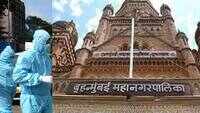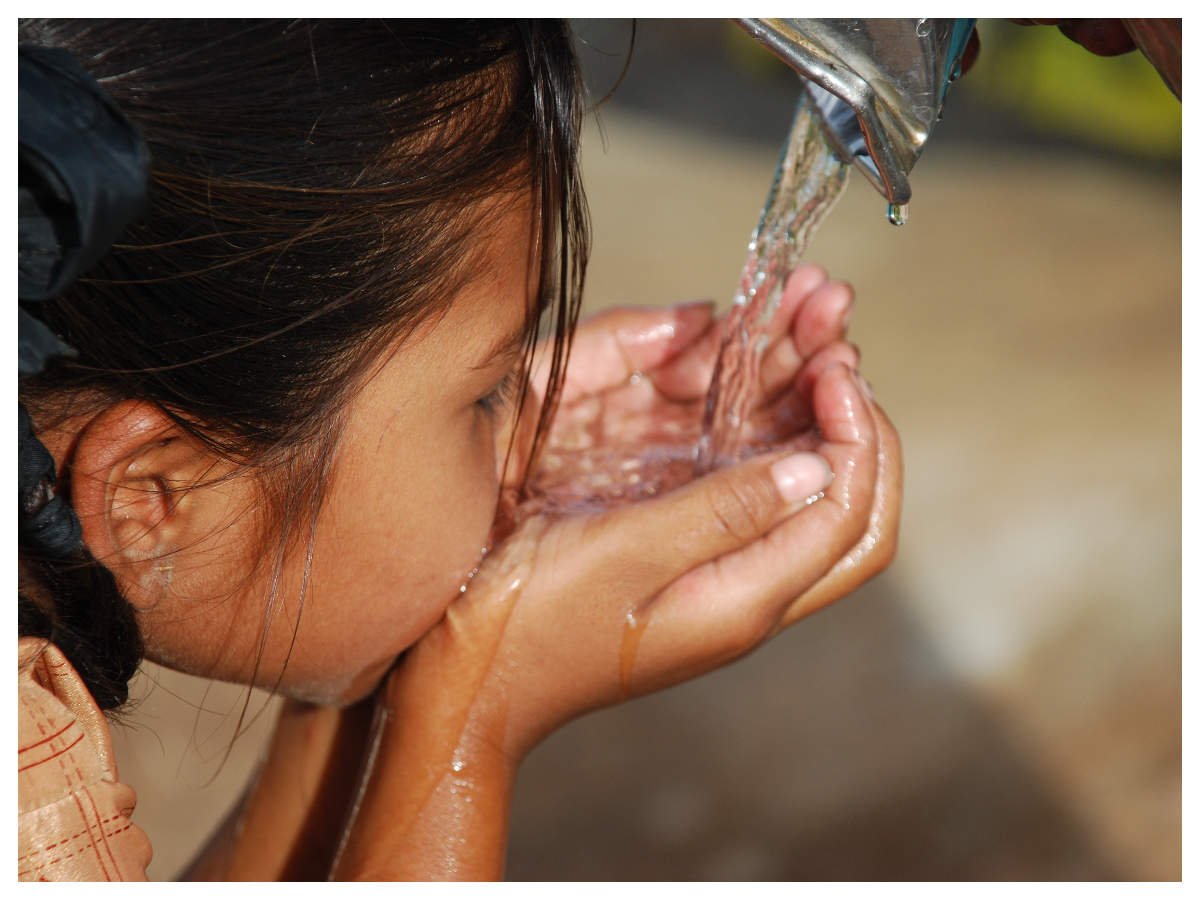
Hubballi: The fact that the Unkal Lake, spread on 250acres land in the heart of Hubballi-Dharwad, is polluted due to increased inflow of sewage water was known to everyone. But what was not known is the extent of pollution. Now, the recently concluded bathymetric survey has shed light on this.
The survey was done to study the carrying capacity and granulometric analysis of the lake bed sediments to understand the sediment characteristics. It was also to analyse and understand heavy metal and nutrient loading in the surface sediments in the lake.
According to the report of the survey, conducted between May 24 and June 4, the entire lake bed is covered with silty clay sediments with particle size less than 62.5 microns. Heavy metals are well within the permissible limits, but for chromium which is in 27-80 ppm range in the 12 samples tested.
The study also found that the water of the lake has excess level of nitrogen (more than 50 ppm).
Environmentalists have raised their concern over the increased level of nitrogen in the water, saying it will spell doom for fishes, insects and some kind of algae. “But as of now, due to water hyacinth and other factors, the aquatic life has not been affected,” said one of the environmentalists.
The samples collected from the lake bed were analysed for heavy metal content lead, cadmium, arsenic, mercury, chromium and for excessive nutrient contents like nitrogen and phosphorous.
‘Heavy metals entering soil’
The study also found that there is a good amount of heavy metal entering into the soil. This is attributed to industrial and domestic effluents entering the drainage system.
S H Naregal, special officer of Hubballi-Dharwad Smart City Ltd , which has funded the survey, said that last year’s flood-like situation necessitated the exercise. “We are building a green corridor along the stormwater drains in Hubballi. Water from Unkal Lake is the major contributor for the flooding,” he explained.
The survey was done to study the carrying capacity and granulometric analysis of the lake bed sediments to understand the sediment characteristics. It was also to analyse and understand heavy metal and nutrient loading in the surface sediments in the lake.
According to the report of the survey, conducted between May 24 and June 4, the entire lake bed is covered with silty clay sediments with particle size less than 62.5 microns. Heavy metals are well within the permissible limits, but for chromium which is in 27-80 ppm range in the 12 samples tested.
The study also found that the water of the lake has excess level of nitrogen (more than 50 ppm).
Environmentalists have raised their concern over the increased level of nitrogen in the water, saying it will spell doom for fishes, insects and some kind of algae. “But as of now, due to water hyacinth and other factors, the aquatic life has not been affected,” said one of the environmentalists.
The samples collected from the lake bed were analysed for heavy metal content lead, cadmium, arsenic, mercury, chromium and for excessive nutrient contents like nitrogen and phosphorous.
‘Heavy metals entering soil’
The study also found that there is a good amount of heavy metal entering into the soil. This is attributed to industrial and domestic effluents entering the drainage system.
S H Naregal, special officer of Hubballi-Dharwad Smart City Ltd , which has funded the survey, said that last year’s flood-like situation necessitated the exercise. “We are building a green corridor along the stormwater drains in Hubballi. Water from Unkal Lake is the major contributor for the flooding,” he explained.

Coronavirus outbreak
Trending Topics
LATEST VIDEOS
City
 Jyotiraditya Scindia and his mother test positive for Covid-19, admitted to Delhi hospital
Jyotiraditya Scindia and his mother test positive for Covid-19, admitted to Delhi hospital  Umar Khalid's aide Khalid Saifi taken under police custody for his role in Delhi anti-Hindu riots
Umar Khalid's aide Khalid Saifi taken under police custody for his role in Delhi anti-Hindu riots  Mumbai: 55-year-old senior BMC officer dies of Covid-19
Mumbai: 55-year-old senior BMC officer dies of Covid-19  All students to be promoted, Tamil Nadu Class 10 board exams cancelled
All students to be promoted, Tamil Nadu Class 10 board exams cancelled
More from TOI
Navbharat Times
Featured Today in Travel
Quick Links
Kerala Coronavirus Helpline NumberHaryana Coronavirus Helpline NumberUP Coronavirus Helpline NumberBareilly NewsBhopal NewsCoronavirus in DelhiCoronavirus in HyderabadCoronavirus in IndiaCoronavirus symptomsCoronavirusRajasthan Coronavirus Helpline NumberAditya ThackerayShiv SenaFire in MumbaiAP Coronavirus Helpline NumberArvind KejriwalJammu Kashmir Coronavirus Helpline NumberSrinagar encounter
Get the app



